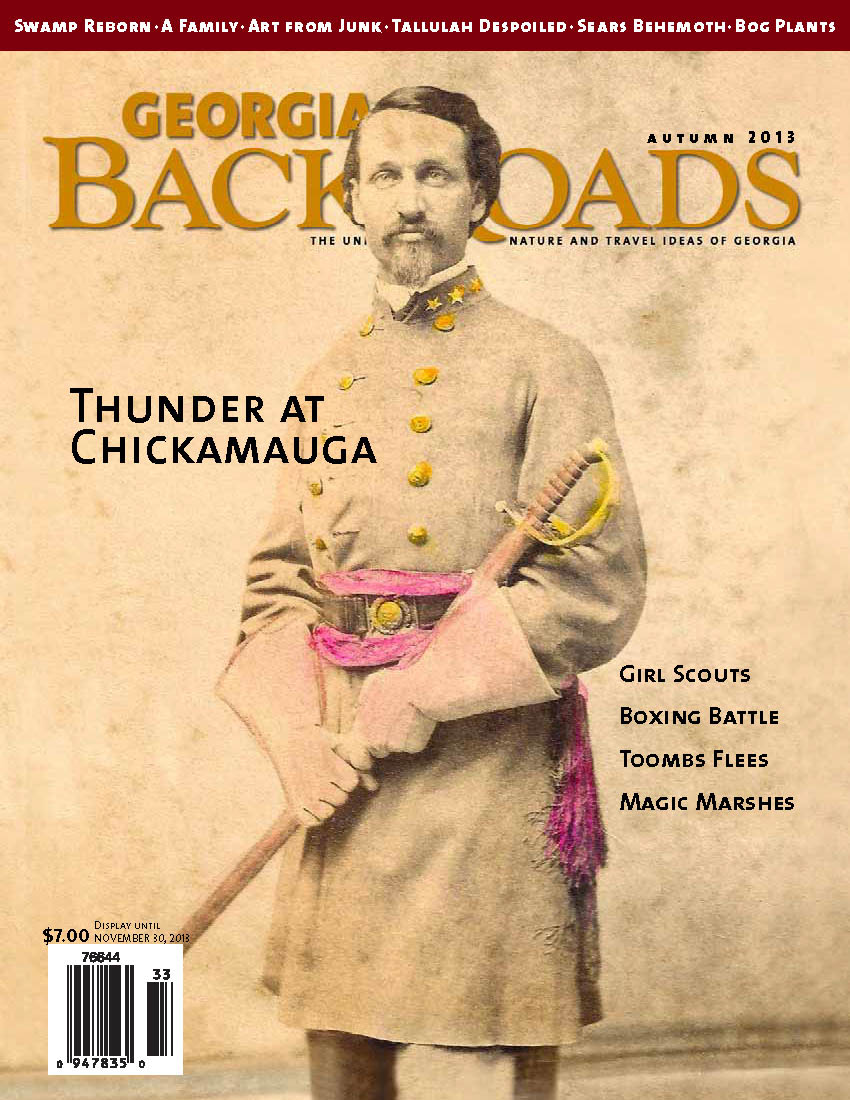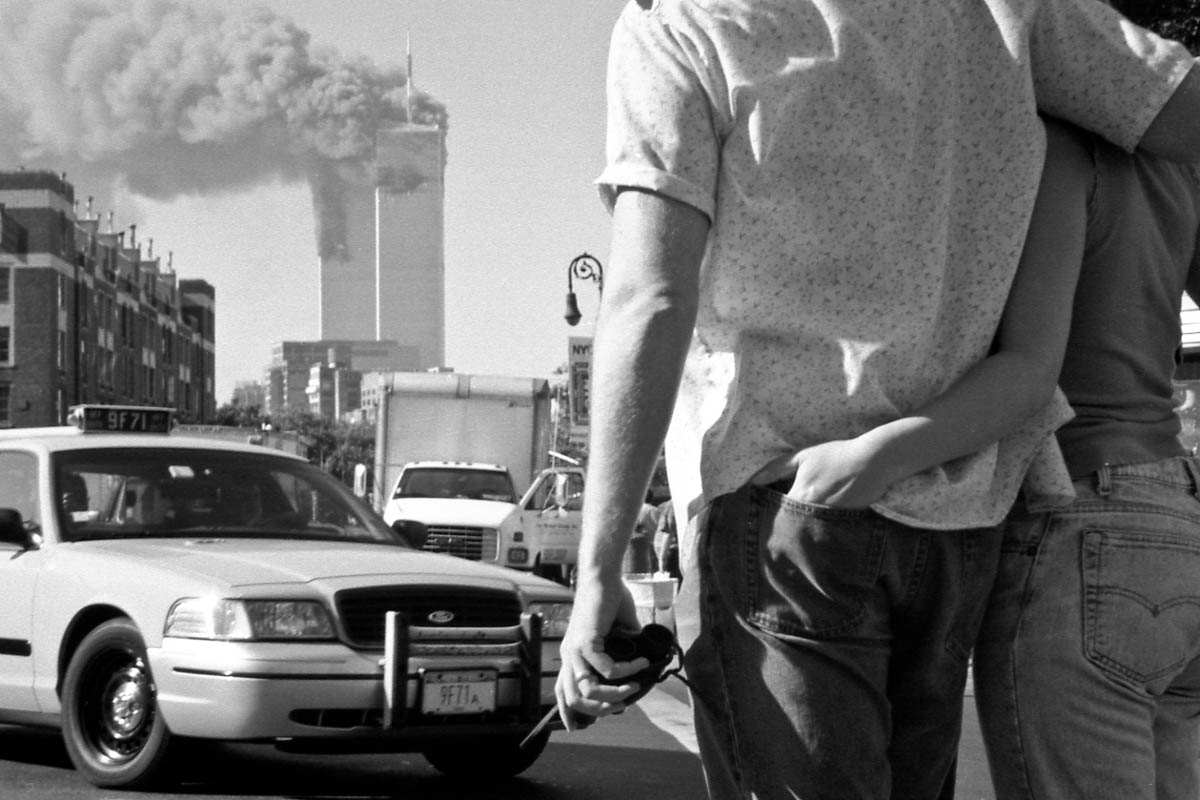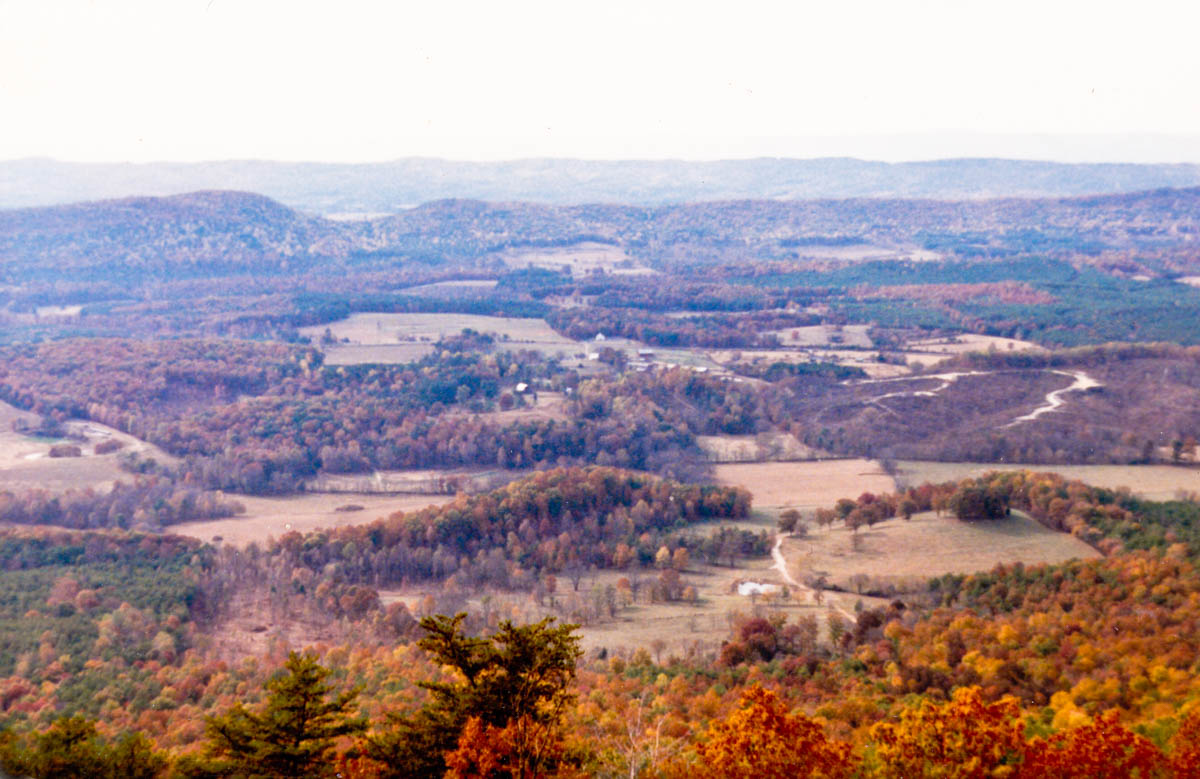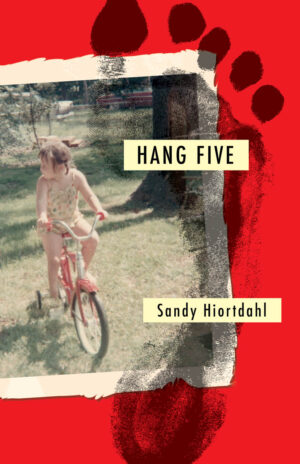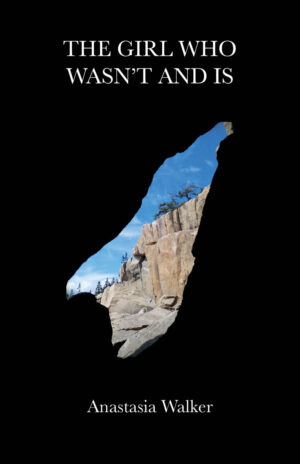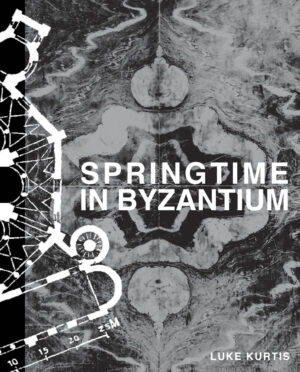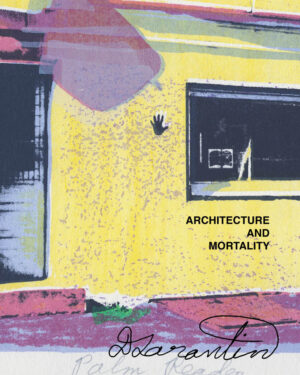Georgia Backroads: “We Are One People”
I am delighted to announce the publication of my latest article in the current (Autumn 2013) issue of Georgia Backroads. “We Are One People” explores my ancestral ties to slavery, focusing specifically on the Armuchee Valley and Dirt Town Valley regions. My original photography, as well as antique images I curated, illustrate the piece. So much research and thought went into this article, and I feel this is one of my best pieces ever. Georgia Backroads has done a fantastic job putting together the issue with excellent writing, photography, and design. You can pick up a copy at newsstands or order the issue online.
If you haven’t seen my previous work for Georgia Backroads, check out the Winter 2012 issue as well!
For the other researchers out there, I thought I would share my bibliography for the “We Are One People” article (the sources are not printed in the magazine itself). Enjoy!
Read More
